Video Comparison of Goodtime Banjos
Sometimes it is hard to “see the forest for the trees!” Sometimes it’s hard to find the right banjo on the wall of banjos in the store! Choosing a banjo can be confusing and we are hoping to take some of that confusion away with our articles on the banjo.
Last week we talked about “how to buy a banjo.” This week, David Bandrowski is giving you a great video follow up to that article by Barry Hunn. Using the popular bluegrass/3-finger style of playing and our Goodtime banjos, David will demonstrate the openback Goodtime banjo, the resonator Goodtime II, and our Goodtime Special banjo with tone ring and resonator. David is playing a slowed down version of his original tune called "Sunday Sadir".
THE BASICS:
By playing all the banjos in the same style of banjo playing, you will more easily be able to focus on the sound of the different types of banjos; openback, resonator, tone ring & resonator. In a previous set of videos, David played the Goodtime openback in the traditional clawhammer/frailing style. Today’s set of videos will help you hear not only the difference in the types of banjo features but the difference in an alternate style of playing.
If you are a novice, these videos may help lead you to choose your first playing style. As an experienced clawhammer/frailing banjoist, this set of videos may entice you to try a new style of playing!!
The banjo is like a chorus. Each component has a function and impact on the sound of the whole instrument. All the banjos in this set of videos are maple with the violin maple rim.
You will hear the effects of tonal maple, the increased effect of adding a resonator, and the decided difference a tone ring can make to the entire mix.
WHAT TO LISTEN FOR:
- GOODTIME OPENBACK: This video illustrates the brightness that tonal maple brings to a banjo. It also illustrates the effects of a frosted top head and how playing with picks brings out the brightness of these components. Note the bright but warm tones and listen to the volume of this openback banjo.
Click here for specifics on weight and construction.
- GOODTIME 2: The function of the resonator is to make a banjo louder. The sound created by the pot assembly bounces off the curved back of the resonator and is focused forward. In an openback model, the sound is dissipated out the back and can sometimes be absorbed by the body of the player. This does give you lovely warmth and is prized by those who play in the clawhammer/frailing style. Bluegrass players prefer the added volume of the resonator banjo and it is traditional for the 3-finger style banjoist to opt for a resonator banjo. Since the resonator and metal flange which attaches it to the banjo add weight, the sustain of a resonator back banjo is increased as well. Listen to the continued brightness from the wood and head but an increased volume and sustain from the addition of the resonator and flange.
Click here to read more details on the Goodtime 2 banjo.
Do you have a Goodtime openback banjo but now feel you need a resonator?
You can now get a Goodtime Resonator Retro-Fit Kit to add a resonator to your existing openback banjo.
Buy one here…
- GOODTIME SPECIAL: If a banjo is like a chorus, adding a tone ring to the banjo is like adding at least 3 new members to your chorus. The new steel tone ring on the Goodtime Special banjo has given it a brilliant sparkle and an increased power and clarity that you normally find in banjos at four times the price. With the resonator you get the added volume we discussed before. The overall increased weight, because of the addition of the steel tone ring, gives you the maximum sustain in the Goodtime line of banjo.
Click here to read more details on the Goodtime Special after you listen to the video.
READY, SET, GO!
Armed with this latest set of videos, we hope you can move forward in your love of the banjo and choose the one that is just right for you. Want more great videos? Let us know what you need!
Email us at info@deeringbanjos.com with all your great suggestions.
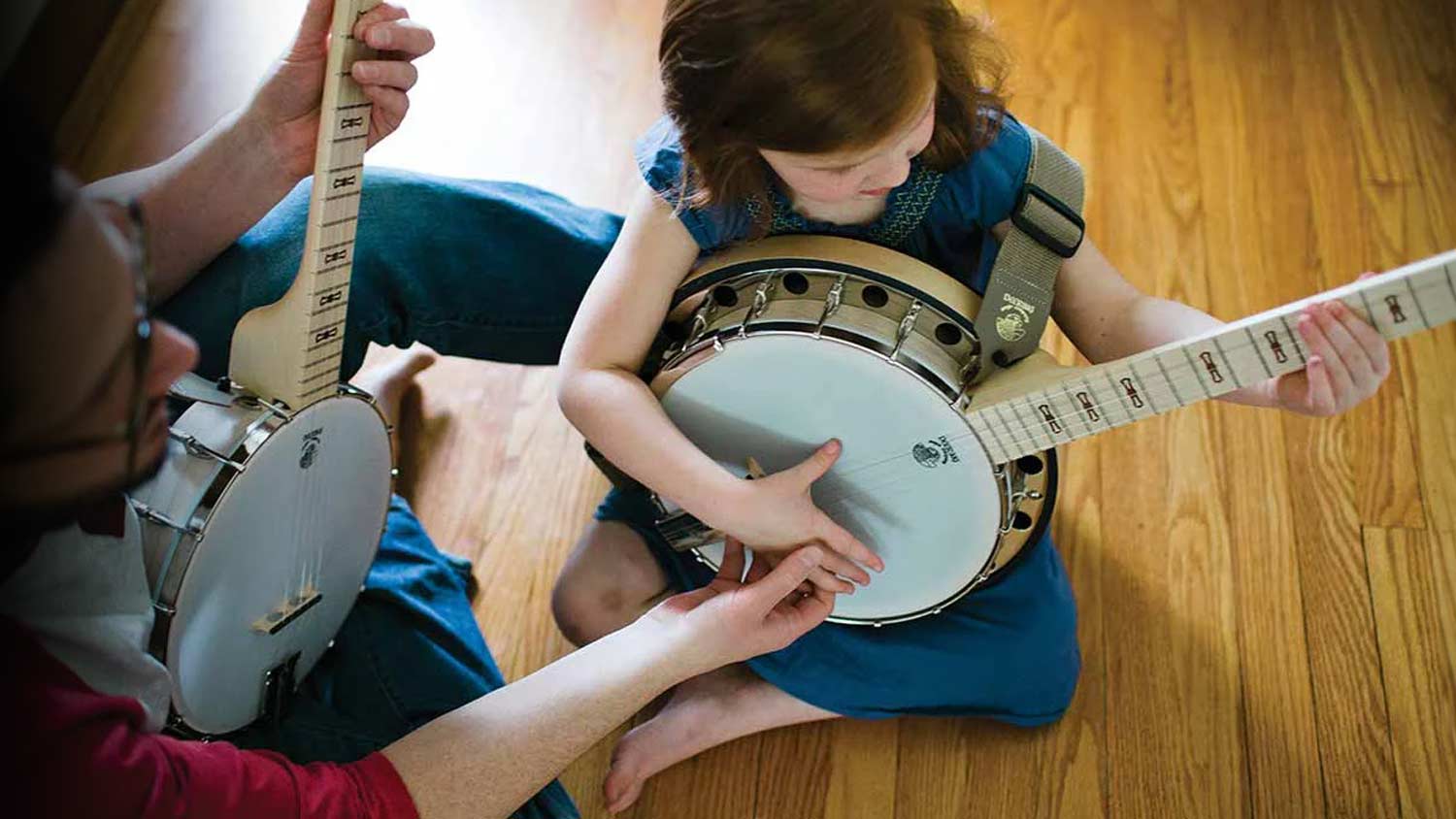



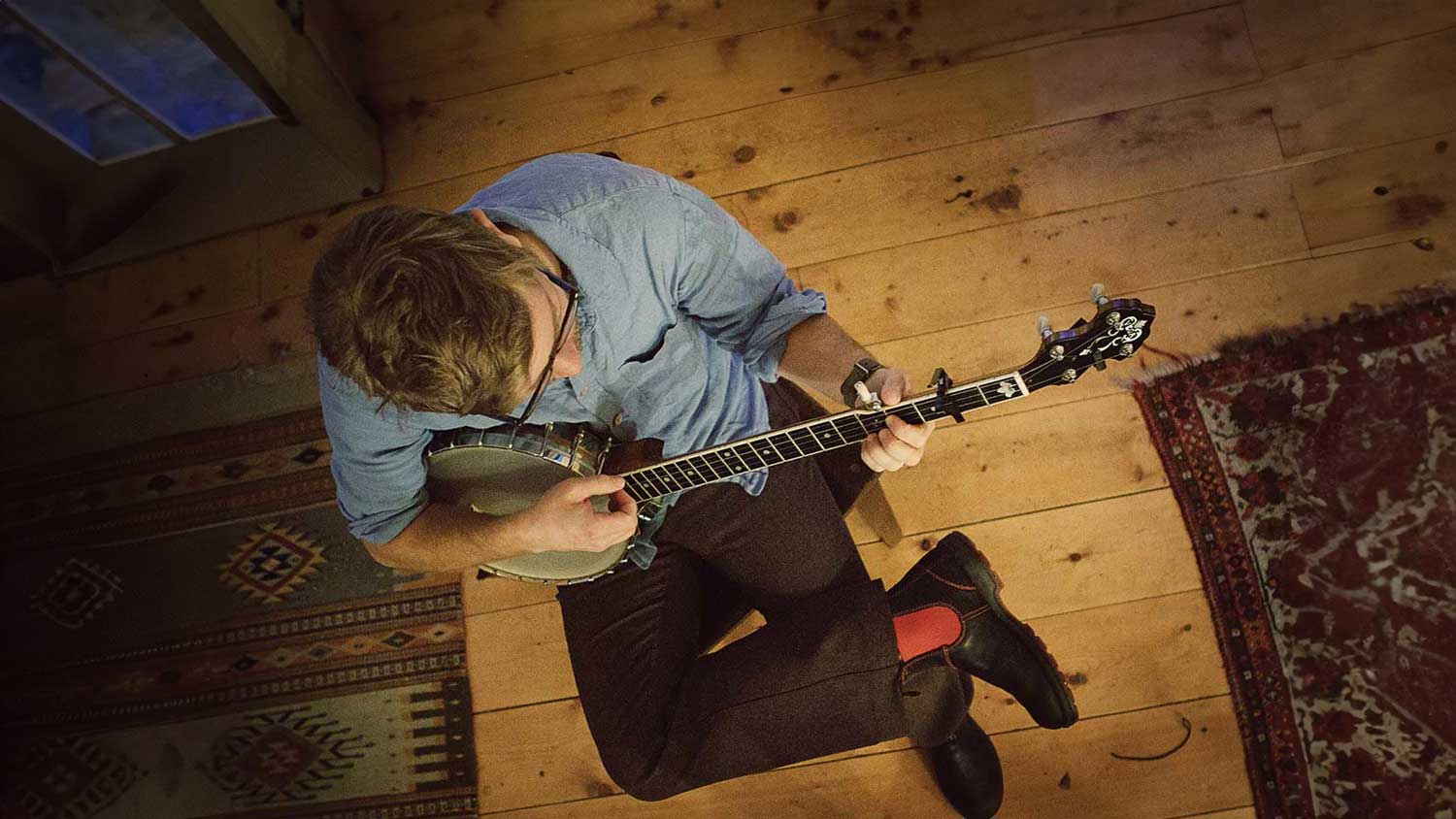
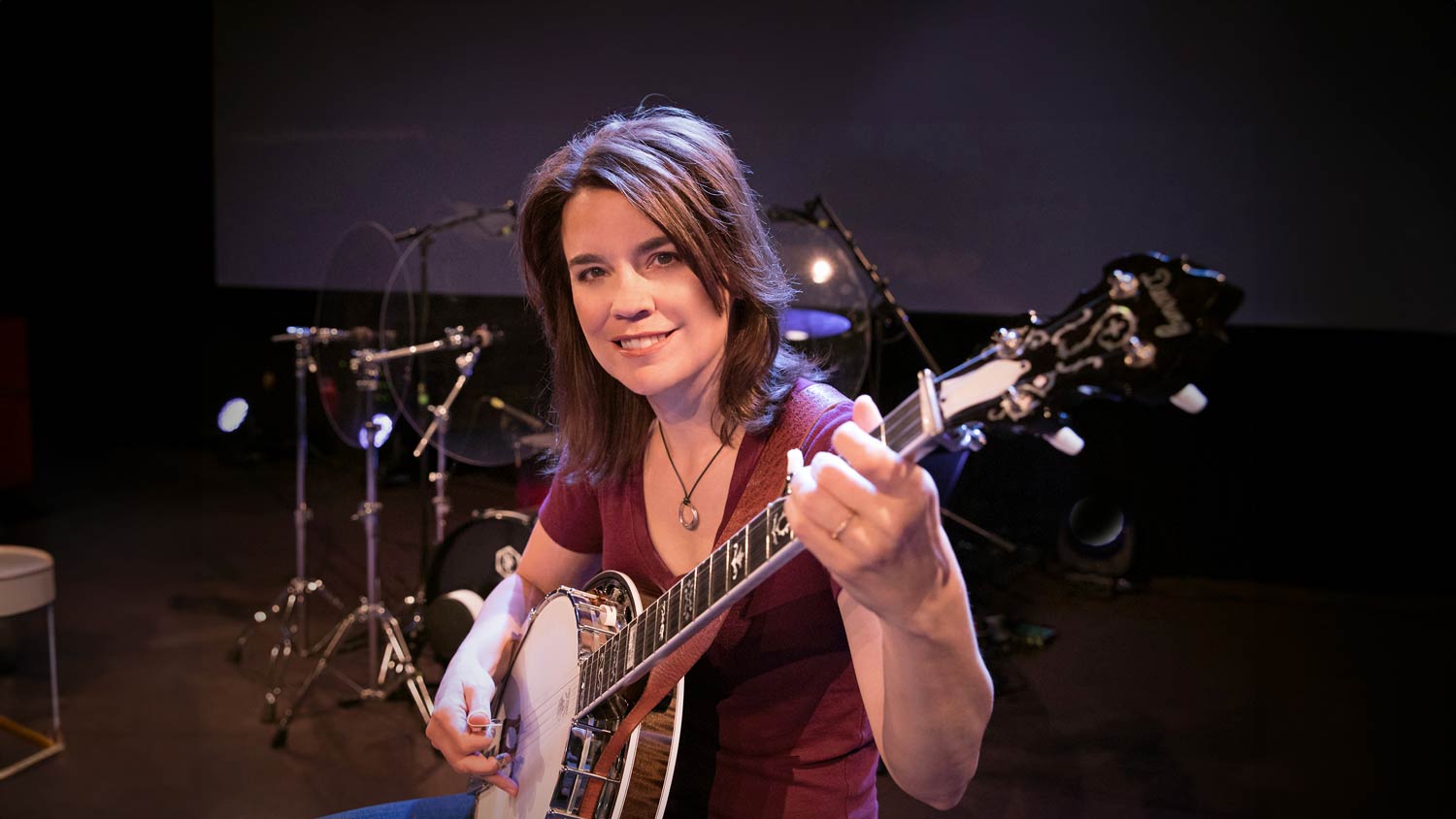

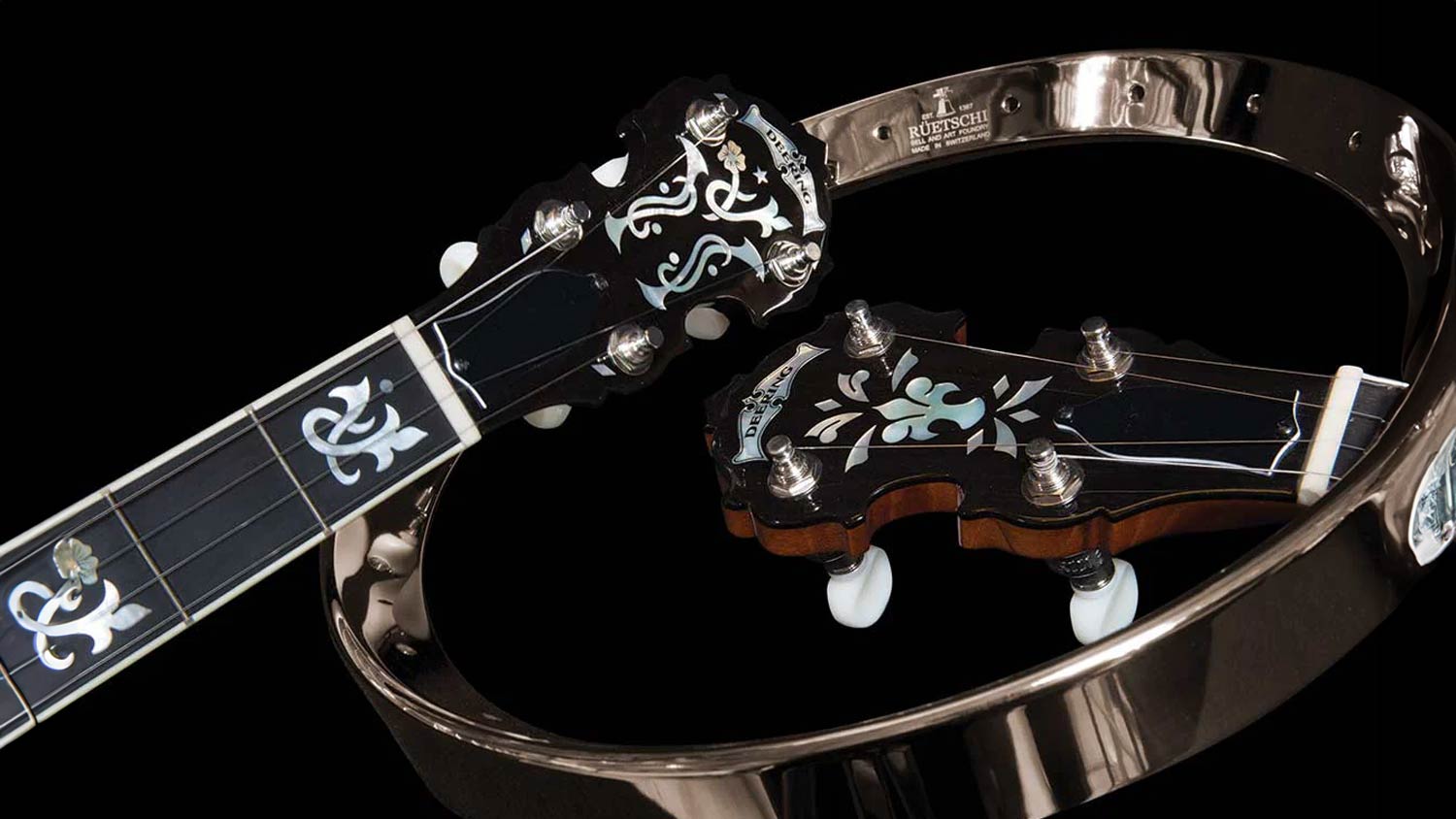

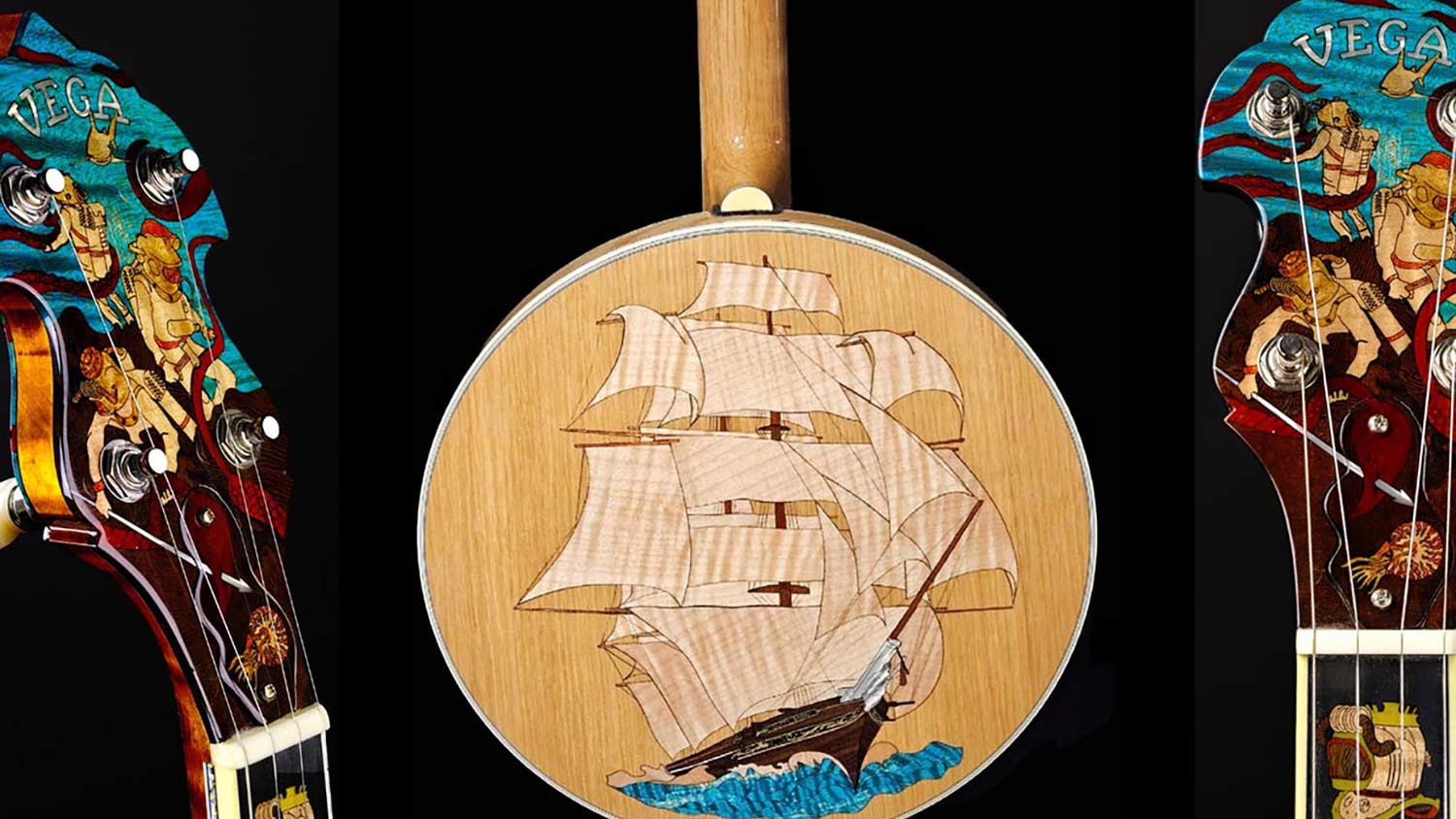





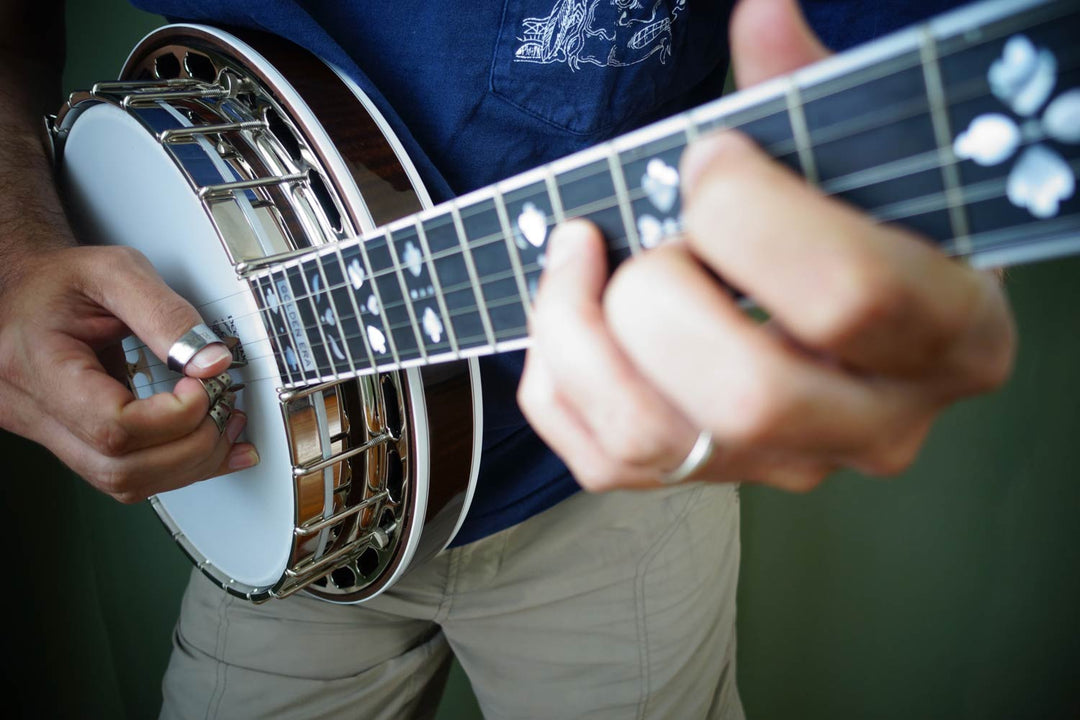
https://joinlive77.com
https://www.oulu.fi/blogs/node/42745?page=403#comment-78001
https://www.portlandoregon.gov/fire/article/387647?comment_posted=1&nocache=1&&archive=2012%2D03#comment-135130
https://www.stichtinggevumuseumbus.nl/Contact/index.php/#STRATP_cm4all_com_widgets_Formular_7116464#gbanchor
http://www.sportclubadelsdorf.de/Gaestebuch/index.php/;focus=STRATP_cm4all_com_widgets_Guestbook_27459284&path=?subaction=getList&page_no=0&entries_per_page=10#gbanchor
https://rbgalicia.xunta.gal/es/ideas-boas-practicas/banco-actividades/que-viene-el-coco-obradoiro-de-lectura-interxeracional-disenado-por-elena-sanchez-munoz?page=7#comment-594
https://www.wur.nl/en/Research-Results/Research-Institutes/marine-research/show-marine/Blog-Whales-predict-the-catch-of-krill-under-sea-ice.htm?cb=3840&cb=8252
Can I put a tone ring on a Goodtime Classic 2?
What is the difference between the goodtime special and the classic goodtime special? Other than the looks. Is there a difference in the sound?
Leave a comment